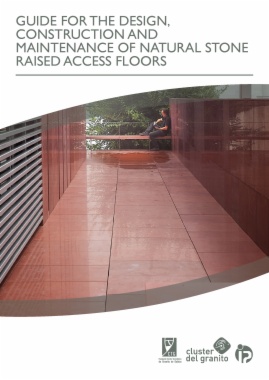Embark on a captivating journey into the enigmatic world of decision-making under the most intense circumstances. "Psychology of Extreme Decisions" is a thought-provoking exploration that delves deep into the heart of the human psyche when faced with life-altering choices. From the frigid expanses of Antarctica to the heart-pounding tension of aircraft emergencies, this book unveils the intricate dance between our minds and the crucible of extreme situations.
- Chapter 1: Introduction to Decision-Making in Extreme Situations
- Case Study: The Iran Hostage Crisis (1979-1981)
- Chapter 2: The Brain under Pressure: Psychological Responses to Stress
- Case Study: United Airlines Flight 232
- Chapter 3: The Paradox of Choice: Decision-Making under Uncertainty
- Case Study: The Expedition of Ernest Shackleton to the Antarctic
- Chapter 4: Rapid Decision-Making: The Role of Intuition and Experience
- Case Study: The Miracle on the Hudson - Chesley "Sully" Sullenberger's Landing
- Chapter 5: Moral and Ethical Dilemmas: Choosing in Extreme Situations
- Case Study: The 1996 Mount Everest Disaster
- Chapter 6: Overcoming Adversity: Resilience and Adaptation in Decision-Making
- Case Study: The Chilean Miners' Rescue
- Chapter 7: The Power of Collective Decisions: Team Decision-Making in Extreme Situations
- Case Study: The Uruguayan Air Force Flight 571 Crash
- Chapter 8: Mental Preparedness: Training and Simulations for Extreme Decision-Making
- Case Study: Disaster Preparedness Simulations
- Chapter 9: Learning from History: Case Studies of Extreme Decision-Making
- Case Study: The Sinking of the Titanic
- Epilogue: Decision-Making in Everyday Life and the Extraordinary
- Applying Lessons from the Extreme
- From Heights of Adversity to Depths of Mundanity
- Enriching Understanding of Human Behavior
- Cultivating Mastery of Decisions

